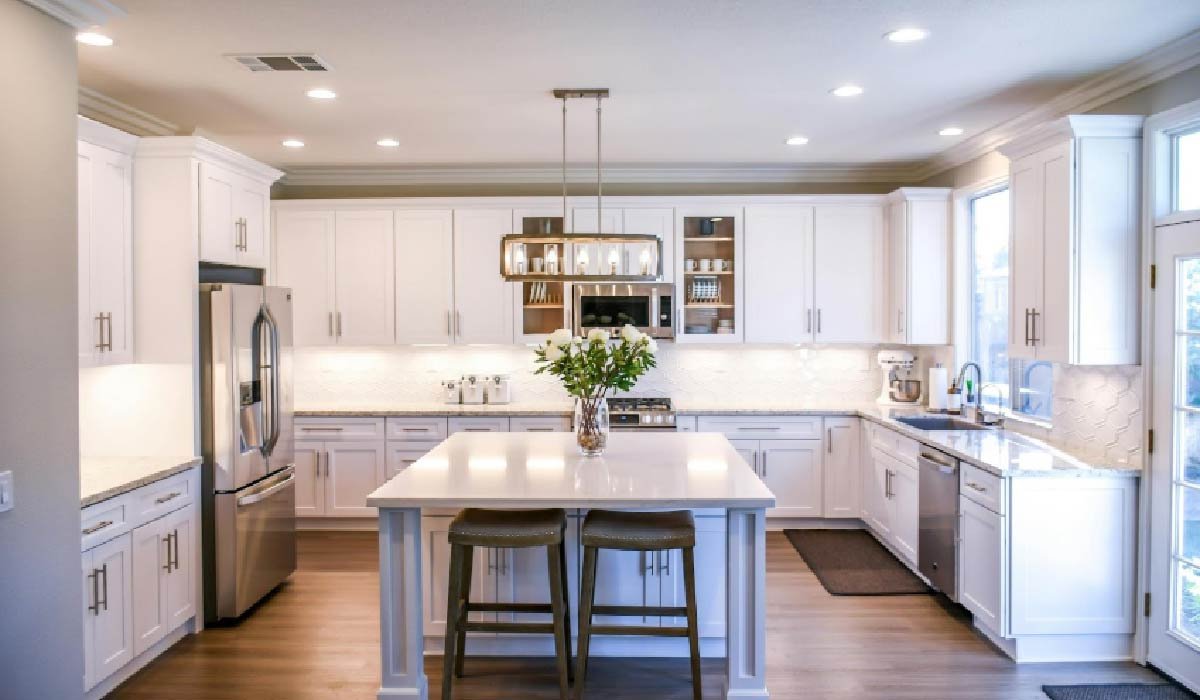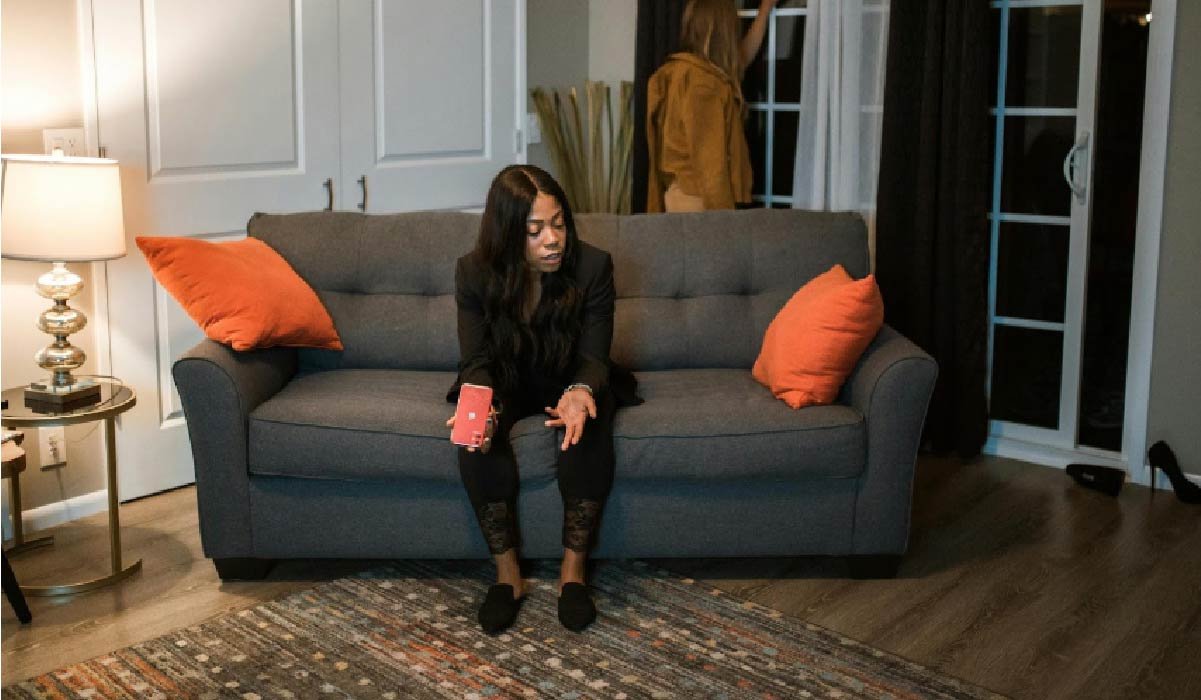Home Improvement
How Proper Home Illumination Enhances Comfort and Everyday Living

Lighting plays a subtle but powerful role in shaping how a home feels and functions. The right illumination affects everything from mood and productivity to safety and design appeal. Many people underestimate how much their lighting choices influence daily comfort. Bright, harsh lights can make a space feel sterile, while dim, uneven lighting can strain the eyes and lower energy levels. A well-thought-out lighting plan creates harmony by balancing brightness, warmth, and placement across each room. Whether it’s a cozy evening setting or a bright workspace, effective lighting design transforms a house into a welcoming and practical home.
Creating the Right Atmosphere for Each Room
Every room serves a distinct purpose, and the lighting should complement its function. Living rooms often benefit from layered lighting that includes a mix of ceiling fixtures, floor lamps, and accent lighting. These combinations allow flexibility, helping occupants adjust the brightness according to their activities, whether they’re entertaining guests or unwinding after a long day.
Bedrooms often call for warmer, softer lights that promote relaxation, while kitchens and home offices require bright, focused illumination to support visibility and concentration. Choosing the appropriate color temperature and light intensity creates a seamless flow throughout the home, aligning ambiance with purpose.
Energy Efficiency and Modern Lighting Solutions
Home illumination has evolved alongside technology, and energy-efficient solutions are now more accessible than ever. LED bulbs, for example, consume a fraction of the electricity used by traditional incandescent lights and last significantly longer, professionals from Simple Lighting suggest. Smart lighting systems allow homeowners to control brightness and color settings remotely, tailoring usage to specific needs throughout the day.
Timers, occupancy sensors, and automated dimming save energy and extend the lifespan of fixtures. Incorporating natural light through skylights and large windows complements these systems, reducing the dependence on artificial light while lowering energy costs.
The Impact of Lighting on Mood and Wellbeing
Light influences emotional health and physical comfort more than many realize. Exposure to natural light during the day helps regulate circadian rhythms, improving sleep quality and mood stability. When daylight is limited, well-placed artificial lighting can serve a similar role by simulating natural light tones.
Balanced illumination reduces eye strain and fatigue, supporting relaxation and alertness at the right times. In the evening, softer lighting cues the body to unwind, encouraging rest and comfort. Thoughtful use of dimmers and warm bulbs gives homeowners control over their environment, allowing lighting to adapt to the body’s natural needs.
Enhancing Home Safety and Visibility
Good lighting plays a critical part in maintaining safety. Staircases, hallways, and entryways should always be well-lit to reduce the risk of trips or falls. Outdoor lighting further extends this protection, providing visibility around driveways, porches, and pathways.
Motion sensor lights can deter unwanted visitors while guiding residents safely through dark areas. In emergencies, such as power outages, having strategically placed backup lighting ensures mobility and security within the home. Combining safety and comfort through intelligent illumination design helps prevent accidents and builds a sense of confidence in every environment.
Highlighting Design and Architecture Through Lighting
Lighting can draw attention to a home’s best features, enhancing textures, colors, and shapes within a space. Accent lighting emphasizes artwork, architectural details, or statement furniture, transforming ordinary rooms into visually engaging environments. Recessed fixtures and wall sconces add depth and balance, while under-cabinet lighting in kitchens or bathrooms increases functionality and aesthetic appeal.
The interplay of light and shadow can subtly change the mood of a room throughout the day. By blending decorative and practical lighting elements, homeowners can highlight their interior design choices and make each space feel inviting and distinctive.
Adapting Lighting to Lifestyle Needs
Every household has unique habits, routines, and preferences, and lighting should reflect those differences. Families with young children may prioritize nightlights or motion-activated lamps for safety and convenience, while remote workers often rely on adjustable desk lighting to reduce glare during screen time. Those who entertain frequently might choose ambient lighting systems that shift colors to match different occasions or themes.
As daily life evolves, adaptable lighting designs make it easier to maintain comfort and functionality without constant renovation. A flexible illumination setup supports every lifestyle change, keeping the home comfortable and practical through the years.

Proper home illumination merges comfort, safety, and style into one cohesive experience. When lighting design accounts for mood, efficiency, and aesthetics, the result is a living environment that feels balanced and welcoming.
By considering the role light plays in daily life, from boosting energy levels to defining the character of each room, homeowners can create spaces that support their well-being and express their personal taste. The right lighting doesn’t just brighten a home; it enriches the way people live within it.
-

 Celebrity1 year ago
Celebrity1 year agoWho Is Jennifer Rauchet?: All You Need To Know About Pete Hegseth’s Wife
-

 Celebrity1 year ago
Celebrity1 year agoWho Is Mindy Jennings?: All You Need To Know About Ken Jennings Wife
-

 Celebrity1 year ago
Celebrity1 year agoWho Is Enrica Cenzatti?: The Untold Story of Andrea Bocelli’s Ex-Wife
-

 Celebrity1 year ago
Celebrity1 year agoWho Is Klarissa Munz: The Untold Story of Freddie Highmore’s Wife
















